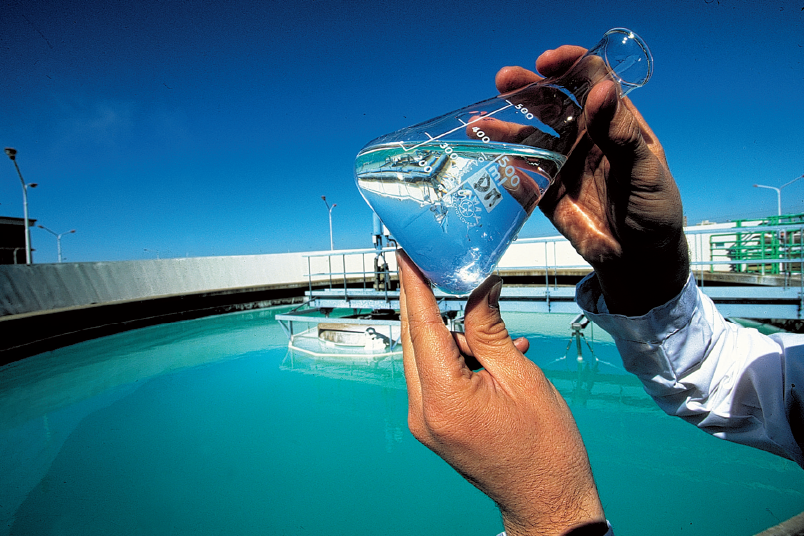Surface & Ground Water

The monitoring of surface water and groundwater to assess environmental effects holds utmost importance for various compelling reasons. Water bodies like rivers, lakes, wetlands, and groundwater sources are integral components of ecosystems and vital water supplies for a multitude of human activities. The practice of monitoring these water sources plays a pivotal role in identifying and evaluating potential environmental repercussions, ensuring their preservation and sustainable utilization. Through the surveillance of surface water and groundwater, the following objectives are achieved:
-
Preservation of Aquatic Ecosystems: Surface water and groundwater provide habitats for a diverse array of plant and animal species within aquatic ecosystems. Vigilant monitoring facilitates the early detection of shifts in water quality, such as contamination due to pollutants or excessive nutrient influxes. Such changes can disrupt the ecological equilibrium and pose harm to aquatic life. Swift identification of environmental impacts enables timely intervention and conservation measures, safeguarding the health of these ecosystems.
-
Ensuring Safe Drinking Water: Surface water and groundwater frequently serve as sources of potable water for communities. Regular monitoring is essential to ensure that these water supplies adhere to quality and safety standards, thereby safeguarding public health. Monitoring endeavors uncover potential contaminants, including harmful bacteria, toxins, or pollutants. This, in turn, enables the implementation of suitable treatment or mitigation techniques to uphold water quality and protect human well-being.
-
Quantifying Availability and Assessing Changes: Monitoring surface water and groundwater aids in gauging their volume and accessibility, particularly in light of shifting environmental circumstances and human water requirements. A comprehensive understanding of water levels, flow dynamics, and overall well-being of these water sources empowers informed decision-making regarding water distribution, utilization, and preservation.
-
Detection of Pollution Sources and Incidents: Monitoring serves as a potent tool for identifying pollutant origins like industrial discharges or agricultural runoff, which can detrimentally impact water quality. This practice also assists in tracking the propagation and dispersion of contaminants, thereby facilitating the pinpointing of potential pollution focal points or zones necessitating remediation.
-
Regulatory Compliance and Policy Formulation: The act of monitoring surface water and groundwater is pivotal for adhering to environmental regulations and crafting effective policies. The insights gleaned from monitoring data furnish vital information for evaluating conformity with water quality standards, establishing regulatory thresholds, and appraising the efficacy of pollution management measures. This information-driven approach underpins evidence-based decision-making, policy shaping, and the establishment of best practices to conserve water resources and mitigate ecological repercussions.